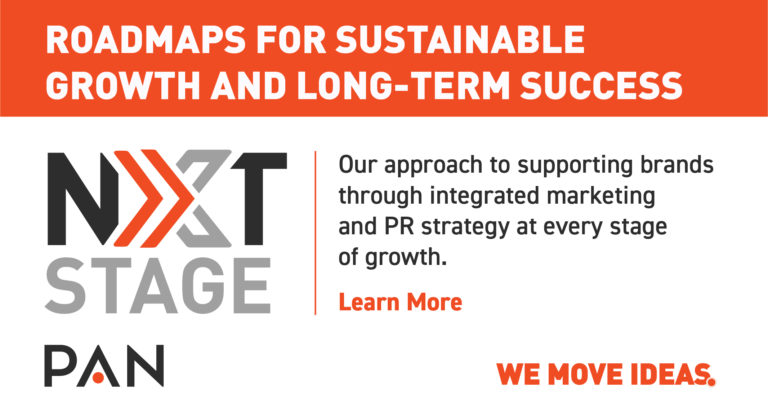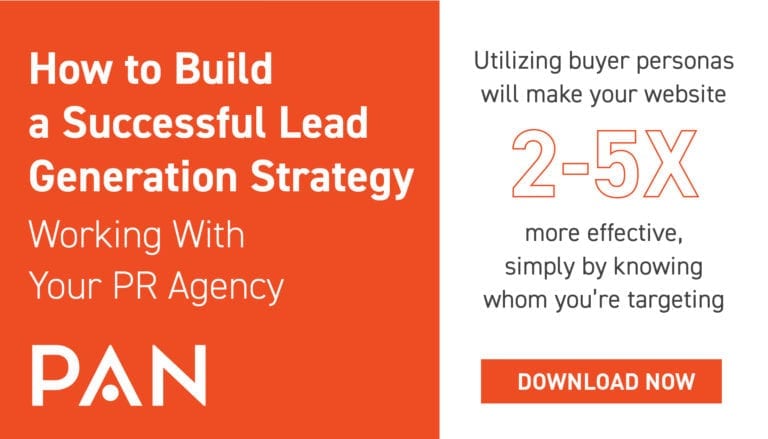At the beginning of COVID-19, the stock market had a major pullback, and panic flooded across households and corporations. We quickly entered a period of time where, globally, we couldn’t agree on the right course of action, and the potential impact was largely unknown.
As we’re all aware, the VC market is about opportunity and predictability – the very opposite of what we experienced during the heat of the pandemic. This troubled investors, and funding numbers began to decrease as they worried we were headed for some dark quarters.

But as we came to learn more about the virus, companies banded together to drive innovation that would soon support the fight against COVID, address remote workforce trends and tackle education challenges through technology.
This, along with significant behavioral changes by the customer and buyer, caused the VC market to pick back up. According to a recent Crunchbase report, in Q3 alone, we saw nearly $76.4B in funding worldwide – a 1% increase from the previous quarter, and a 9% increase from 2019. This is impressive when you consider the turbulence the markets faced from a macro lens.
Despite the recent surge in COVID-19 cases and the political landscape, economic conditions are improving, and investments are pouring into the healthcare, HR tech, fintech (payments) and education industries, to name a few. The data also shows a shift from the Q2 focus on startups and early-stage companies to a surge in mid and late-stage investments. So much so, that rounds above $100M accounted for 61 percent of funding this past quarter.
Learn what the VC experts had to say about the Q2 2020 surge in early stage funding.
Regardless of your stage of growth, the VC industry momentum bodes well for brands looking to rebound from the revenue and growth challenges we’ve faced this year. Brands need to remain aware, active and engaged so marketers should be prepared to play a significant role in navigating any and all growth potential by staying two steps ahead. This will call for teams to lean on new and evolving digital marketing strategies to ensure their customers are connected and seeing value from their brand experiences.
The marketing department’s involvement in meeting brand goals and KPIs is going to look different – and that’s to be expected. But it’s critical that we make these adjustments as we head into the new year in order to align more closely to business goals and ensure expectations are attainable.
No Better Time for Marketing to Lead Sales
With deal counts on the rise and the IPO market gaining more traction, what should marketers prepare for in the coming months as their brands look to become part of the funding conversation?
As marketing and PR professionals, we sometimes become accustomed to playing a mere supporting role in the sales process. In fact, 60% of Influence 100 respondents said that PR is not responsible for lead or demand gen at their organization (up from 50% the previous year). And, only 8% say that their CEO evaluates overall communications programs by sales and lead generation metrics.
60% of Influence 100 respondents said that PR is not responsible for lead or demand gen at their organization (up from 50% the previous year).
Perhaps we have a tail wagging the dog scenario on our hands, and that’s why it’s time for this backseat mindset to change – NOW. Our industry as a whole must raise the return on marketing and convince the C-suite to approach our programs differently. But how can we accomplish this?
Marketing teams that play an active role in the entire customer journey will be the ones that seize this critical opportunity. Leaders should recognize that contributing to the bottom line takes creative storytelling, personalized content, a consistent pulse on the behavior of their audience, and a true understanding of what matters most to the engaged customer. It is these activities that will build brand advocates and make a true impact on overall revenue.
Marrying Your PR and Inbound Marketing Strategies
The most difficult part about aligning departments is letting go of the “do it yourself” mentality. We often become overly confident in our own abilities, instead of challenging ourselves to bring our PR and inbound marketing programs together for better awareness.
“The most difficult part about aligning departments is letting go of the “do it yourself” mentality. We often become overly confident in our own abilities, instead of challenging ourselves to bring our PR and inbound marketing programs together for better awareness.”
Taking a step back to marry the two strategies is what every growing brand needs as they navigate specific stages of growth, funding priorities and look to expand their target audience. Here are a few ways to get started:
- Aligning Your Messaging & Positioning – 78% of marketers are adjusting the tone and pace of their messaging leading into 2021. Create one cohesive message across your content, social and earned media programs. This is important to start at an early stage and continue to re-evaluate as your company grows.
- Infusing Trust: Executive Thought Leadership & Earned Media – Build trust by creating a stage for your subject matter experts to discuss important topics and issues facing your industry. For startups, this is a critical component of establishing your value proposition in a new market and lending more credibility to your product and solutions. For late-stage brands, trust is imperative as you look to bring your company public and showing experience and vision matters to the street.
- Leaning on Your Advocates – Advocacy is a key element of both your marketing and PR strategies. Work with influencers or analysts to bring your brand to life in the media. Find ways to incorporate your customers and employees into your content to build credibility. After all, people are 16x more likely to read a post from a friend about a brand than from the brand itself.
- Social Amplification Across the Buyer’s Journey – Using the value that you’ve built on the PR side, amplify that message across your owned channels. Share content on social that will captivate your audience at various stages of the buyer’s journey – from informational videos, to eBooks, to case studies that will inspire purchase and advocacy.
- Implementing a Virtual Events Strategy to Keep Pipeline Active – COVID-19 has stripped sales teams of their ability to close quality leads in-person, but a smart virtual strategy can prove just as valuable when done right. This is where PR and marketing come together to promote and execute highly engaged events that support the pipeline. For startups, this might come in the form of smaller webinars or panels. As a brand grows and reaches the later stages, PR and marketing teams should be prepared to support full blown conferences and events.
These focus areas only skim the surface when it comes to PR and inbound marketing strategies. Every program will look different depending on stage of growth, industry and KPIs specific to your organization. Regardless, brands need to lean on integration of PR and marketing throughout the funding process to achieve holistic brand recognition and offer superior customer experiences when it matters the most.
How a PR Agency Supports Your Growing Inbound Marketing Strategy
Navigating the funding process is daunting.
Whether you’re a startup in a seed round, a mid-stage brand preparing for Series C funding, or an established company filing to go public, a PR agency can act as a sounding board so that you aren’t tackling these growth milestones alone.
They understand that PR is more than an awareness play. Paired with content, it has the ability to drive traffic to the valued pages of your website and positively impact your conversion rates. It brings together your earned media and thought leadership efforts to spark important conversations and engagement.
As a valued third party, your agency can execute these strategies and bring new and innovative ideas to the table. They can offer a different perspective and help you integrate your departments. In some cases, they have specialized skillsets that you are lacking due to pandemic budget cuts.
At PAN, we tailor our programs to consider the needs of every brand we work with. We recognize that the challenges of a small digital health brand are unique – to grow its social presence, establish a couple thought leaders and implement an earned media program to familiarize reporters with the product or service as they build credibility. But that a large, enterprise technology brand is far more advanced and may be looking to expand its thought leadership bench to eight or 10 subject matter experts, optimize paid social strategies and manage a robust content program.
So, how can we support your inbound marketing strategy in the coming year? Download our eBook or contact us to find out.





